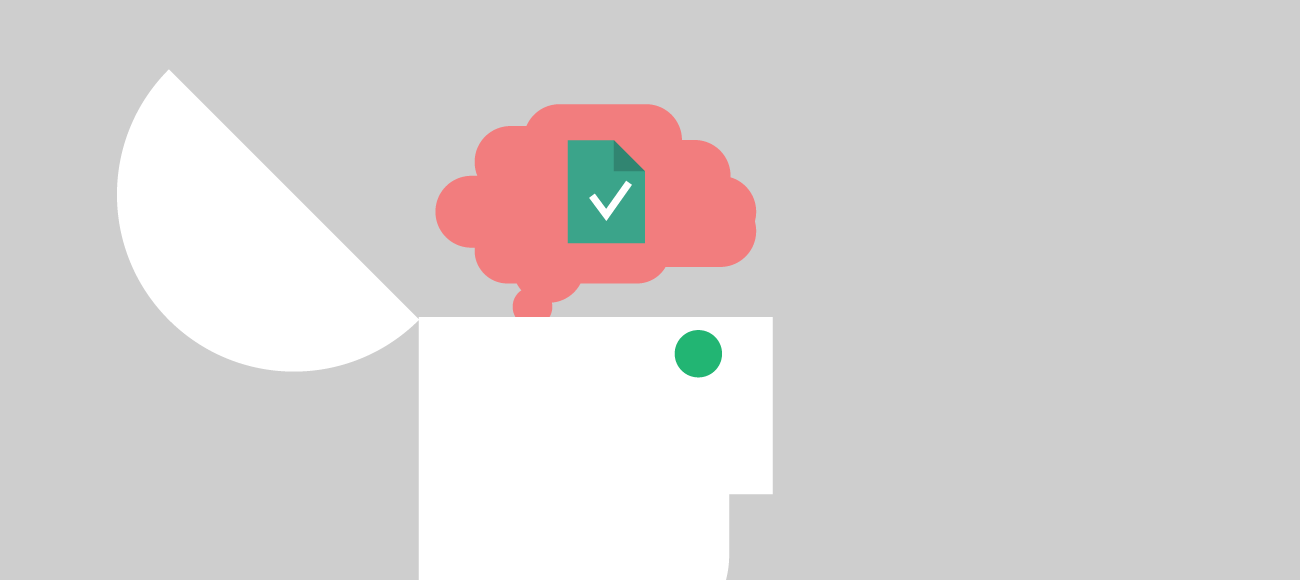As we’ve discussed in previous articles, the role of the QA has transformed over the years. Affected by a shift towards Continuous Delivery, technological advances (such as A.I. and machine learning) and changing expectations from clients and their own teams alike, the role of QAs of today isn’t what it used to be a few years ago. Naturally, the skills that will be required of them in the future will also evolve.
I had the pleasure to speak at #QualityTO during a panel discussion titled “The Past, Present, and Future of the QA” where fellow QAs and I discussed this very topic. Let’s dive deeper into how this role has developed and progressed for the better, resulting in better products and happier teams.
Different Process, Different Expectations
In past years, it was normal for QAs to almost never interact with developers, perform most code tests manually, and only hop into the process at the end to point out all problems at the very last minute. Often, and through no fault of their own, they became an abrupt bottleneck before projects were set to go live; on top of that, in more traditional waterfall methodologies, any bug that was found in the code would require big structural changes, delaying the project back for weeks and months.
In modern times, most top-performing teams have adopted Agile development, which requires constant testing and Continuous Delivery, so as a result, the QA is now more involved than ever, ensuring code quality and making a shift from tester to quality coach. Here at Rangle, instead of QAs just testing on their own and at the end of the process, BQAs encourage developers to test their own code constantly and set up automated tests, creating a proactive culture of preventing defects, not finding them.
BQAs share that quality vision with the team, coaching a testing mentality and creating well thought-out user flows before stories are even brought into the sprint, resulting in more rigorous unit tests and code. The importance of cross-functionality must be stressed in order to have a high-performing team work harmoniously.
More Business Value, Less Code for Code’s Sake
Another prominent trend in the QA role is a holistic shift towards product focus as opposed to creating features just because features are cool. This includes prioritizing intuitive usability (the end-user is king), and making sure that the product accurately and efficiently addresses the client’s business goals.
This is so important in fact that here at Rangle we combined the Business Analyst and the QA roles a much-needed bridge between the client’s needs and the dev team’s technical know-how; this helps ensure that the final product satisfies the business objectives while keeping the end-user’s needs in mind.
Looking Ahead
Even though automation and dev testing will only increase and become more commonplace development, the role of the QA in the future will be incredibly important. The QAs of the future will be tasked with creating automated tests that take into account the humanity of the end users; QAs will guide this behavioral journey by teaching machines human empathy, the implications of certain disabilities and the different ways people interact with technology--ultimately making apps easy for everyone to use.
Instead of thinking that technology will replace our jobs, QAs will play a crucial role in guiding this technological advancement to account for people. At the end of the day, we still need to be advocates of quality and champion change as it comes.
Thinking outside the box will be important. A machine will think of every rule but what happens when there’s an edge case where an end-user behaves outside the box? You need human sensibility to call the shots when it comes to programming, data feeding, etc. Regarding product quality, QAs will also continue to ensure end-to-end quality: more than testing, from creating stories and making sure that they make sense from a business and tech perspective, to keeping every user or persona in mind and thinking of all the edge cases.
Quality is everyone’s responsibility and QAs will continue to ensure that there’s a process in place where quality is baked-in and part of the dev culture. Just as importantly, they’ll also continue to remind their teams that what matters the most about the product is the humans involved in the process: from clients and end-users, to even their own teams.
